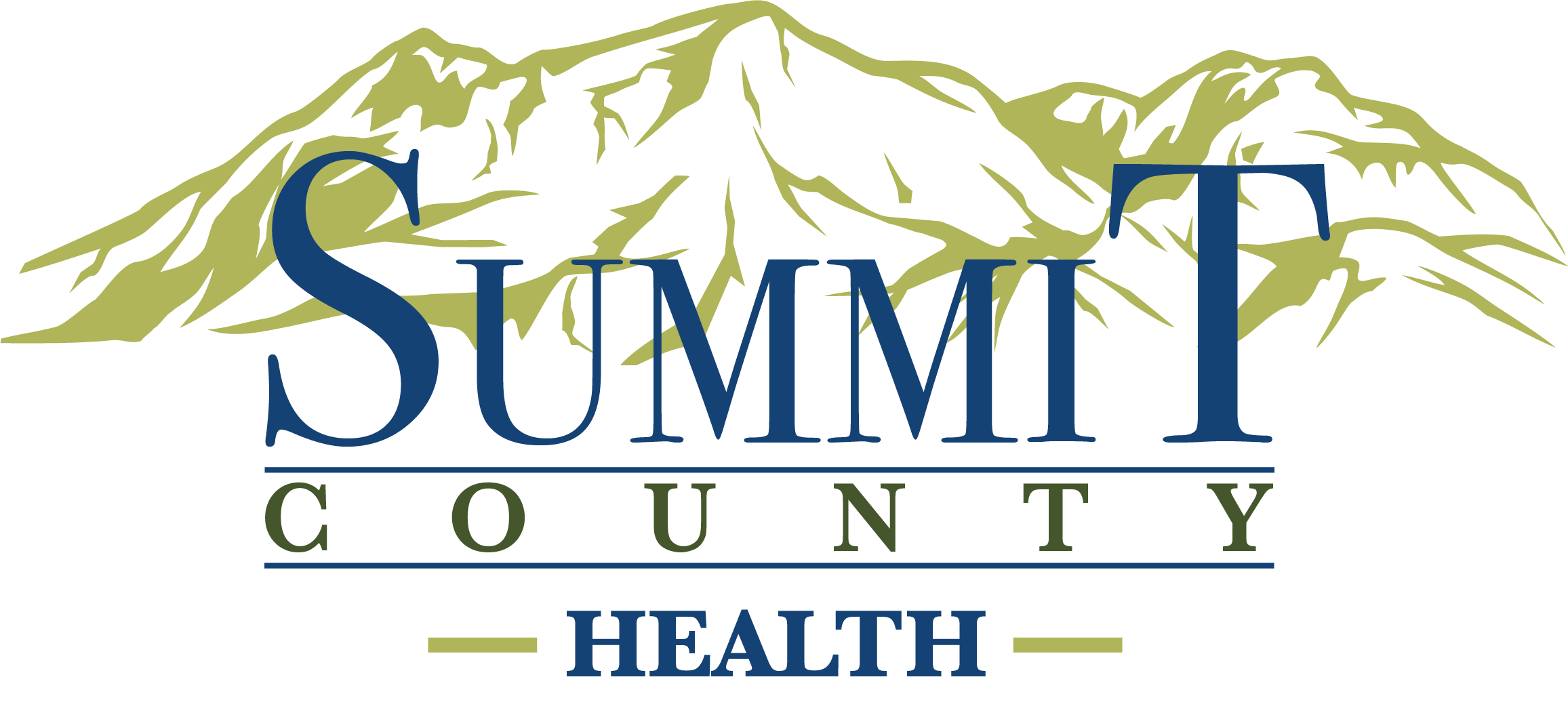Current RSV activity in Summit County (November 16, 2022)
As with most of the U.S., Summit County is experiencing an increase in Respiratory Syncytial Virus (RSV) cases. So far, about three quarters (74%) of the RSV cases reported among Summit County residents are in children under 5. This is much higher than last season where less than half (42%) of all reported RSV cases were in children under 5. We are also seeing an increase in RSV-related Emergency Department (ED) visits in Summit County, as well as across the state. Statewide, of RSV-related ED visits, 86% of those ED visits are for children under 5.
The 2022-2023 RSV season started in late September and is expected to last till the Spring. In Summit County we didn’t see many RSV cases until early November, and just last week we saw a spike in reported cases, the majority of which were in children under 5 years of age.
RSV Signs and Symptoms
RSV is a common seasonal virus. It affects people of all ages, and in older children and adults. RSV usually causes mild, cold-like symptoms, such as a stuffy or runny nose, decrease in appetite, coughing, sneezing, fever, and wheezing.
In babies and young children, however, RSV is often more serious and may require treatment, especially if it causes bronchiolitis or another complication. A baby or young child with RSV may feed poorly or be fussy, inactive, or sleepy. Breathing problems—fast breathing, wheezing, or very difficult breathing—can signal worsening illness.
Infection Period
Symptoms of RSV typically develop between 3 and 7 days after being exposed to the virus. People infected with RSV are usually contagious for 3 to 8 days and may become contagious a day or two before they start showing symptoms. Infants and people with weakened immune systems can continue to spread the virus even after they stop showing symptoms, for as long as 4 weeks.
How It Spreads
RSV spreads easily from person to person. RSV is spread through respiratory droplets and can live up to 6 hours on surfaces. The biggest risk of catching RSV is being in close range of a sick person’s cough or sneeze. Or by touching a surface that has the virus on it (e.g., clothes, toys, doorknobs, utensils) and then touching your face before washing your hands.
Diagnosis and Treatment
RSV can be diagnosed by a healthcare provider based on the findings of a physical exam. Laboratory and imaging tests are not typically needed but can help diagnose RSV complications or rule out similar illnesses. If the illness is severe, the provider may choose to verify the diagnosis by testing a sample of mucus.
Treatment for RSV generally involves managing the symptoms until the infection clears. Your provider may recommend over-the-counter medication such as fever reducers, nasal saline drops, etc. to help keep you or your child as comfortable as possible. However, bronchiolitis, pneumonia, or other complications of RSV infection may require additional medication and monitoring. There is no vaccine available for RSV.
To Help Prevent the Spread of RSV
- Wash your hands often with soap and water, and have children do the same
- Disinfect counters, toys, and other surfaces regularly
- Cover your coughs and sneezes
- When RSV is going around, consider limiting your baby’s social life, including childcare settings
- If experiencing cold-like symptoms, consider staying home till you feel better. Avoid close contact, such as kissing, shaking hands, and sharing cups and eating utensils, with others
Pay attention to any symptoms your young child may have. RSV can become serious, particularly in babies. Call your pediatrician if your child has:
- Difficulty breathing, including wheezing, fast, or very difficult breathing.
- Fever that lasts longer than 3 days, or fever higher than 100.2°F in an infant 3 months or younger.
- Fussiness, poor eating, sleepiness, or low energy in a baby.
- Any other severe symptoms or symptoms that last longer than 7 days.

